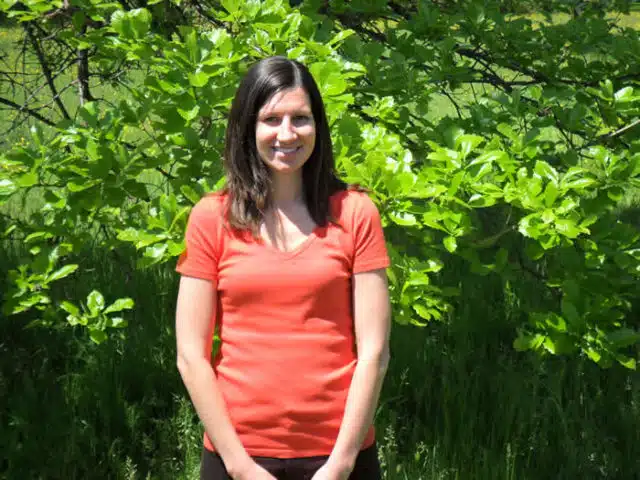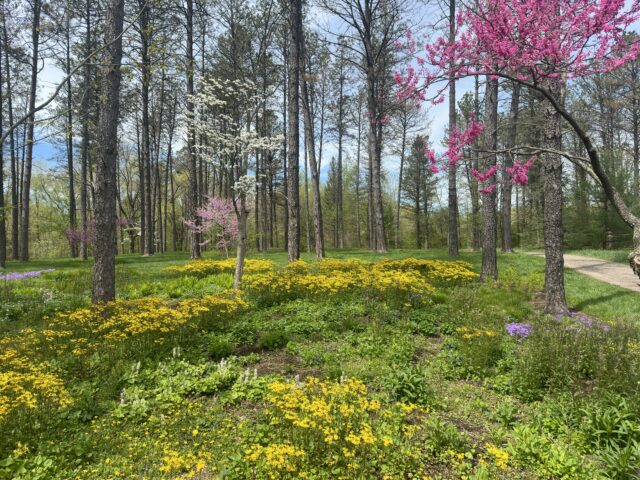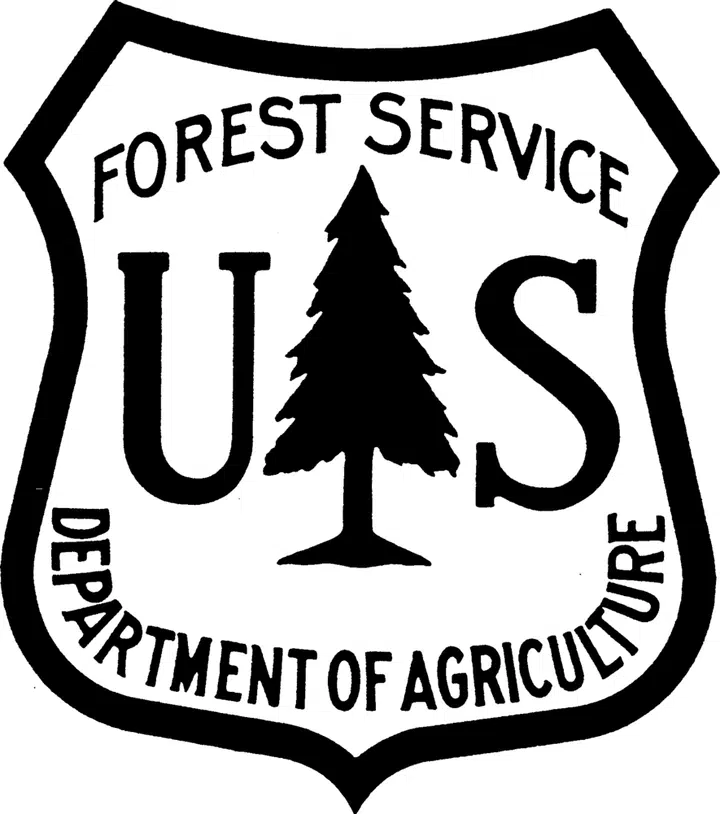
by: Sarah Kyker
What does the soil ecology lab at Holden have in common with a crime lab? More than you might think! In the soil ecology lab, we rely heavily on DNA sequences, just like crime labs. Crime labs use DNA sequences to match a suspect to a crime scene. We use DNA sequences to match species of fungi and bacteria to our forest soils. (Sidenote: We focus on bacteria and fungi in the soil because they are the most active decomposers!)
Twenty years ago, when I was just starting graduate school, studies of fungi and bacteria in the soil included a couple hundred DNA sequences. Today, we use a sequencing system called Illumina MiSeq. This generates several million DNA sequences from just one run!
You might ask, “why do we need so many DNA sequences?” It turns out that bacteria and fungi in the soil are highly diverse. In just one teaspoon of uncontaminated soil, there can be millions of bacterial and fungal species! We need so many DNA sequences to ensure that we capture this tremendous diversity. And, we can tell quite a bit about a soil from the fungi and bacteria that we find in it. Many of our forest soils at Holden are teeming with plant mutualists, which help plants acquire nutrients and resist disease, and decomposers, which release nutrients from dead plant or animal matter back into the soil. Seeing these groups in our DNA sequences lets us know that the soils are healthy.
Over the past several months, I have processed over 12 million DNA sequences. As you might imagine, this requires a lot of time spent in the lab and behind the computer. Though I love spending time outdoors on the grounds of the arboretum, my favorite place here is the lab. There is nothing more satisfying to me than identifying the taxa in our soils and uncovering the reasons why they are there.


Sarah Kyker, PhD
Postdoctoral Research Associate
Dr. Sarah Carrino-Kyker is a microbial ecologist interested in the influence of environmental change, both natural and human-caused, on microbial communities. Because microorganisms are small in size, they are environmentally sensitive. Yet their health and functionality can have a large impact on the overall health of a habitat due to their role in ecosystem processes. Her current research is focused on the soil communities of forests, how they’re impacted by environmental changes, and how these impacts in turn affect the health of the overall habitat or ecosystem.











